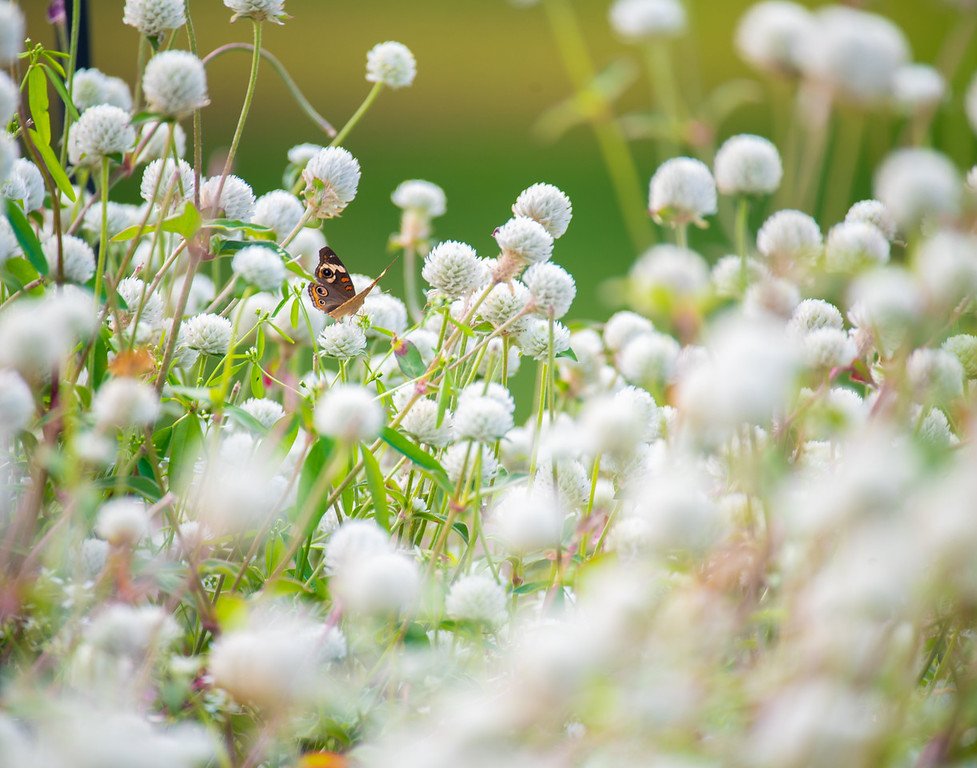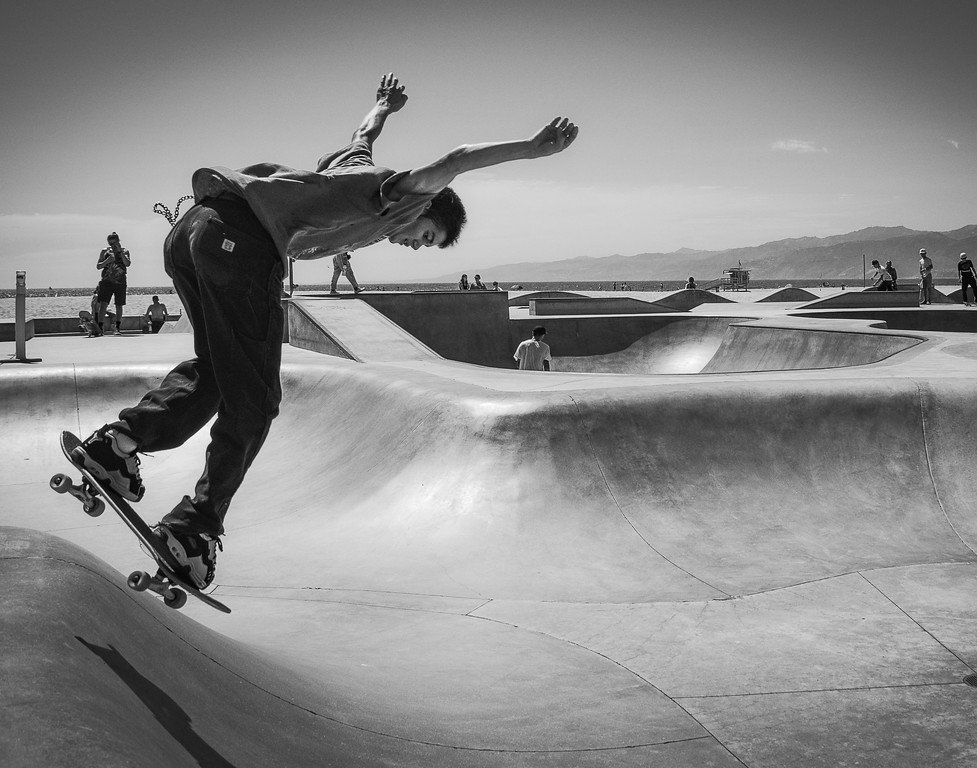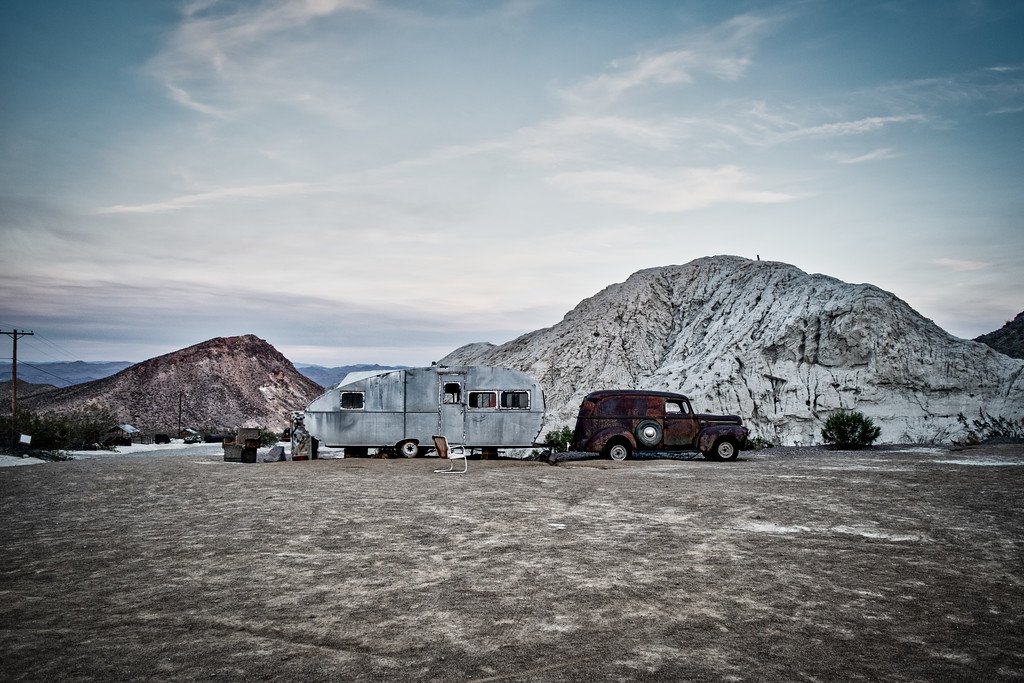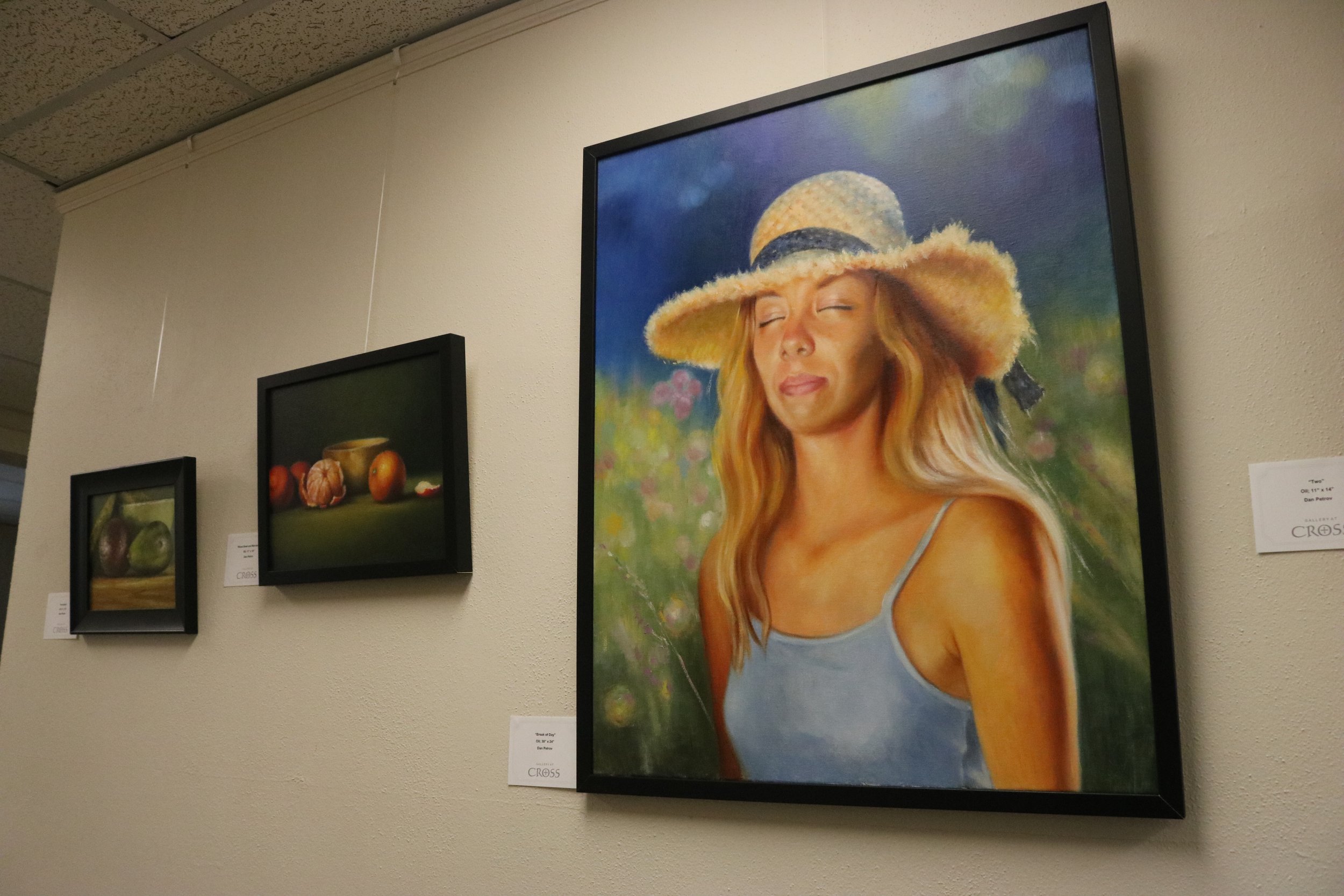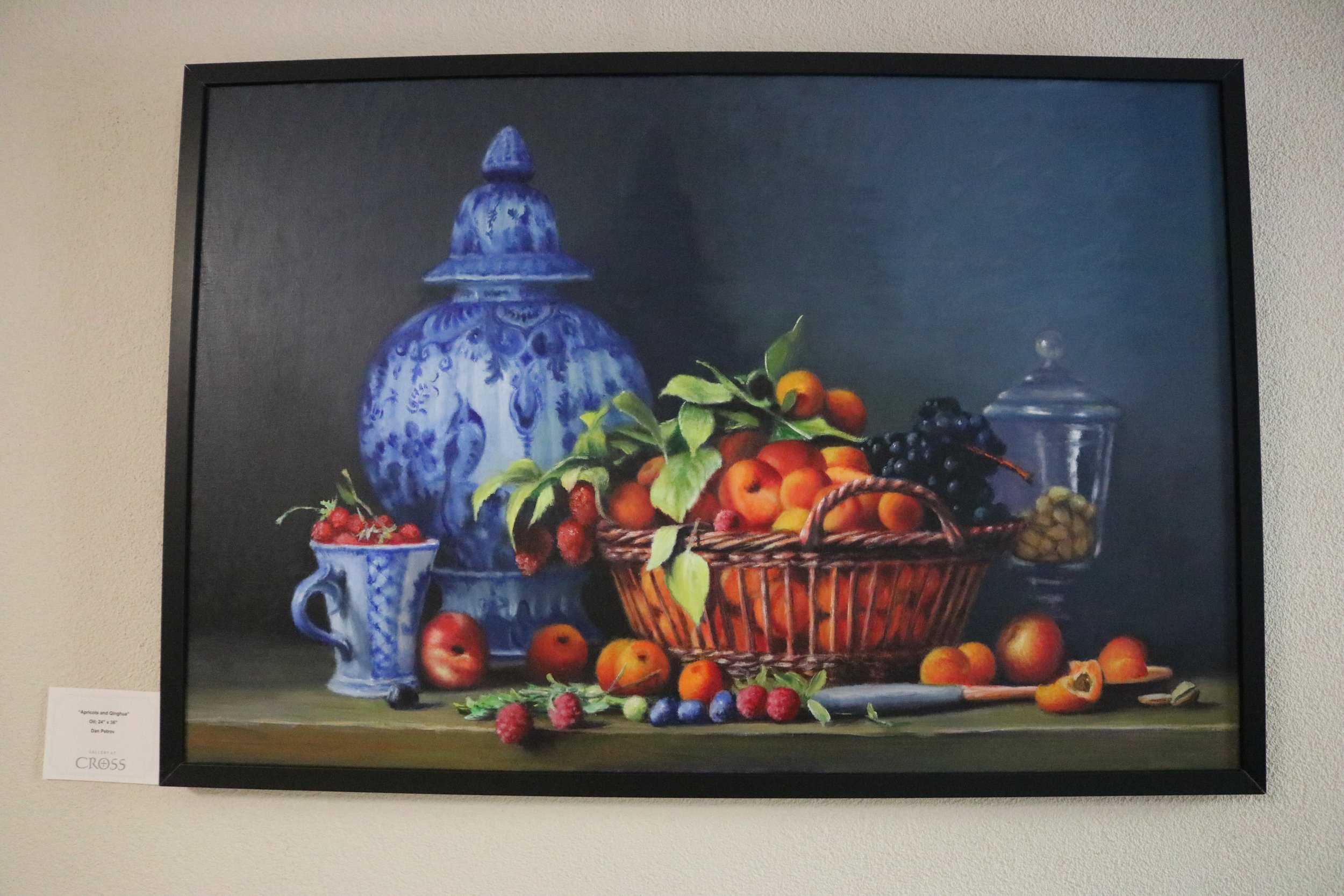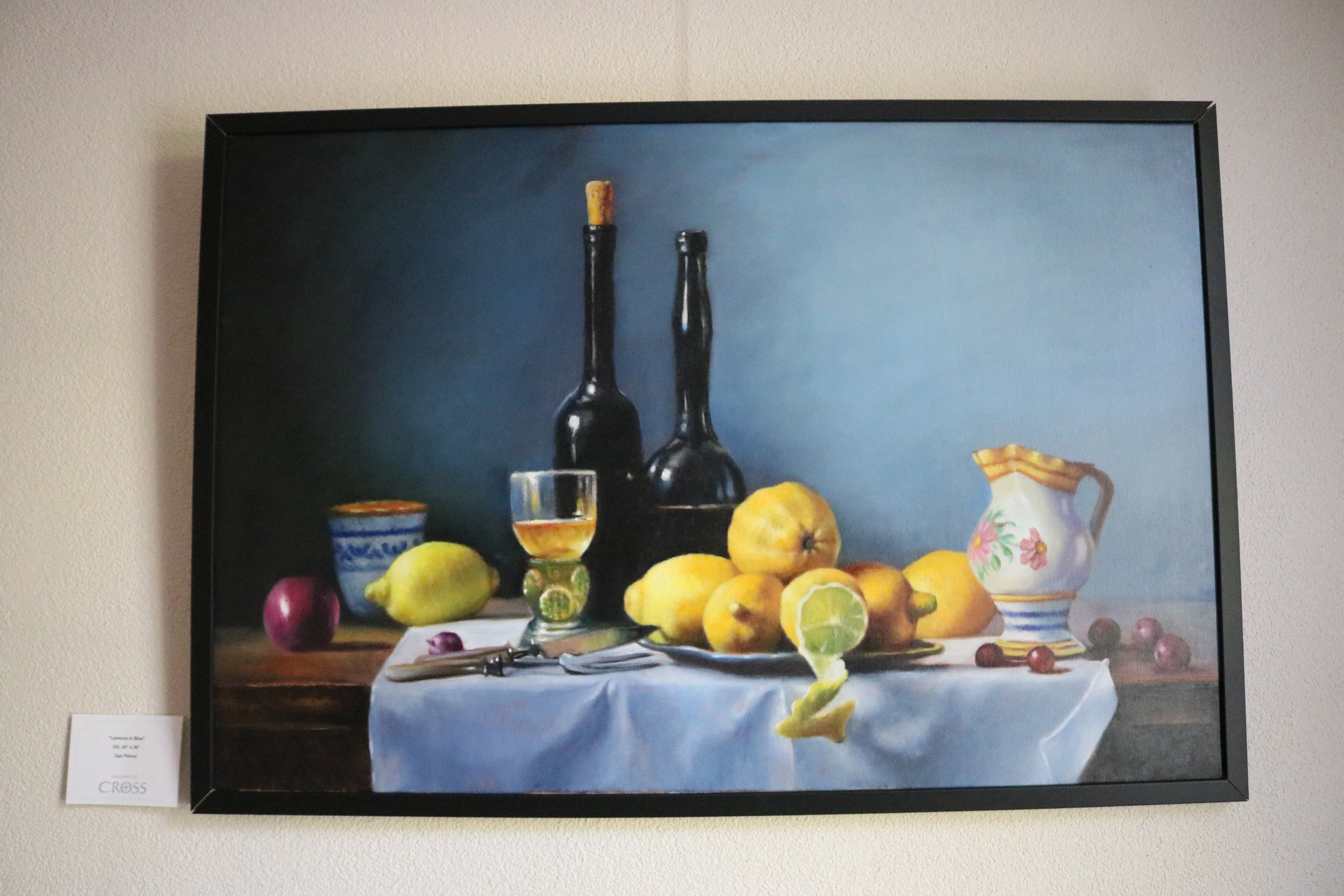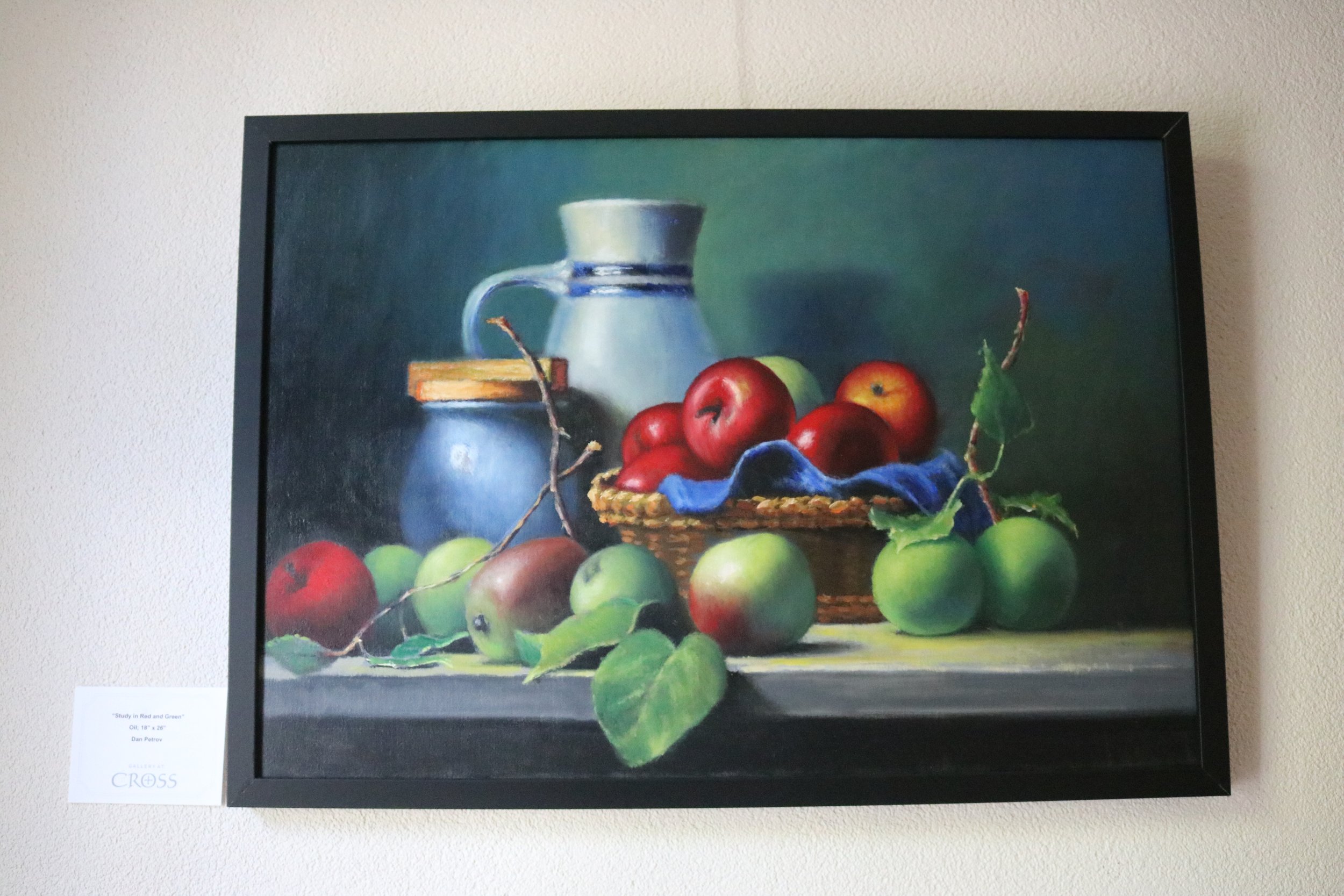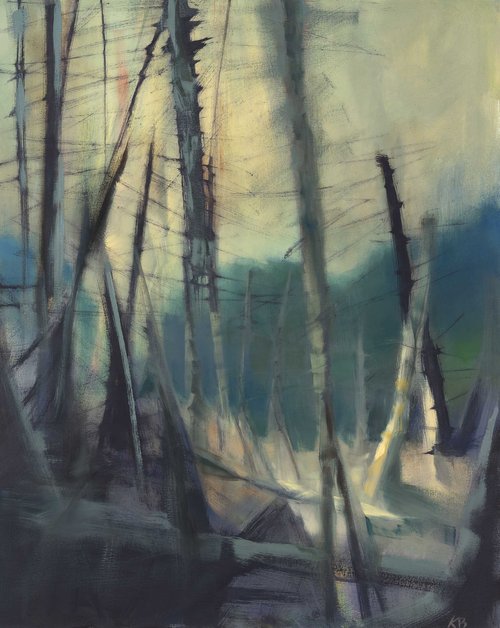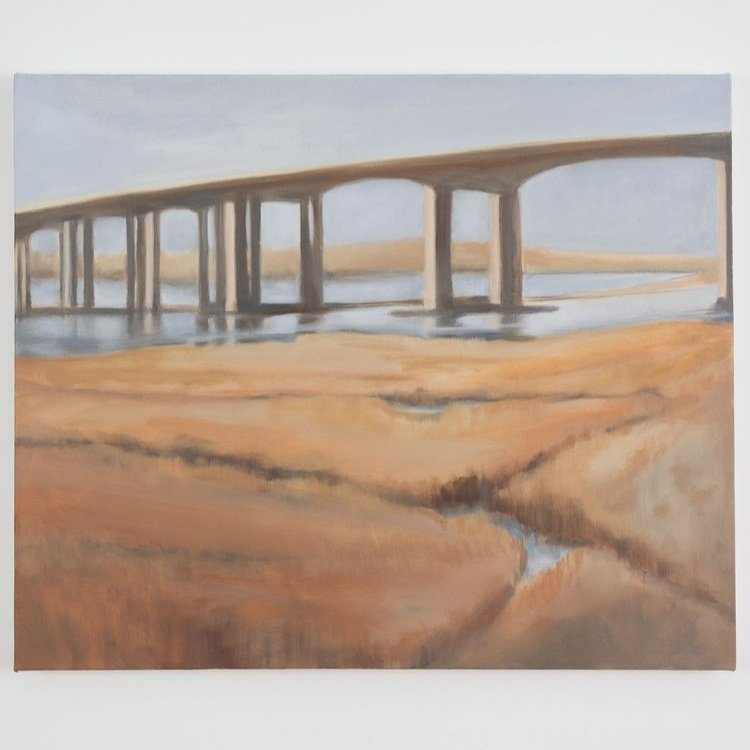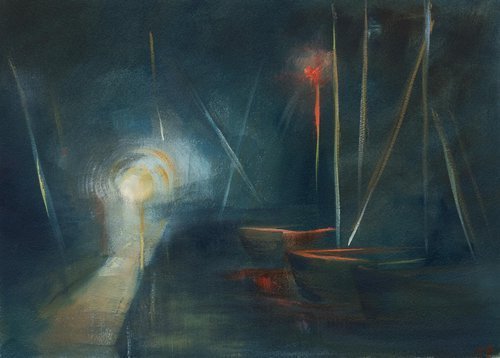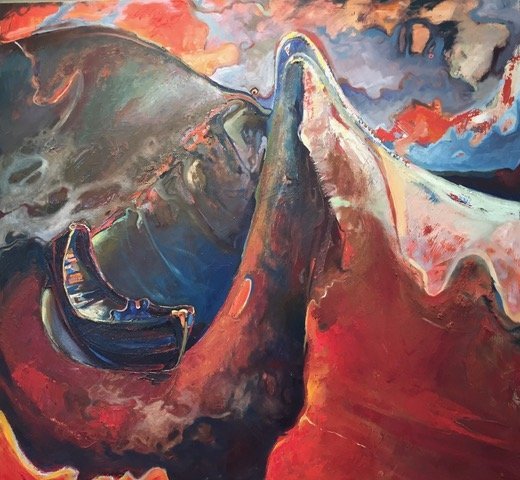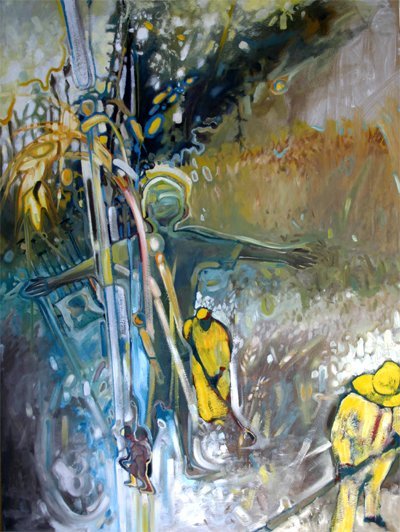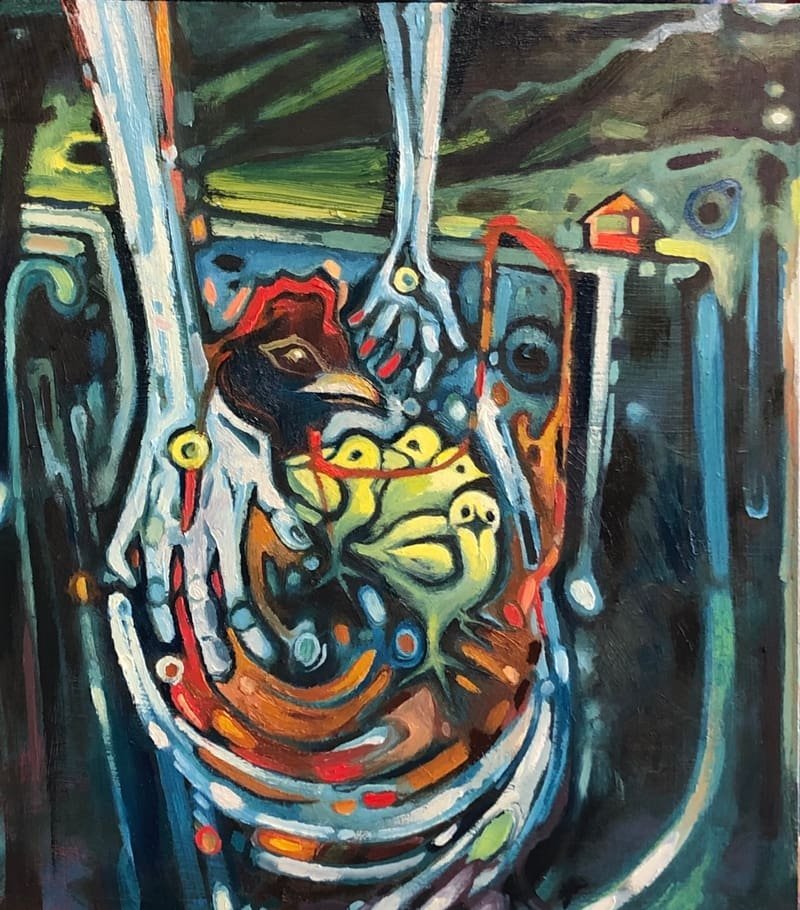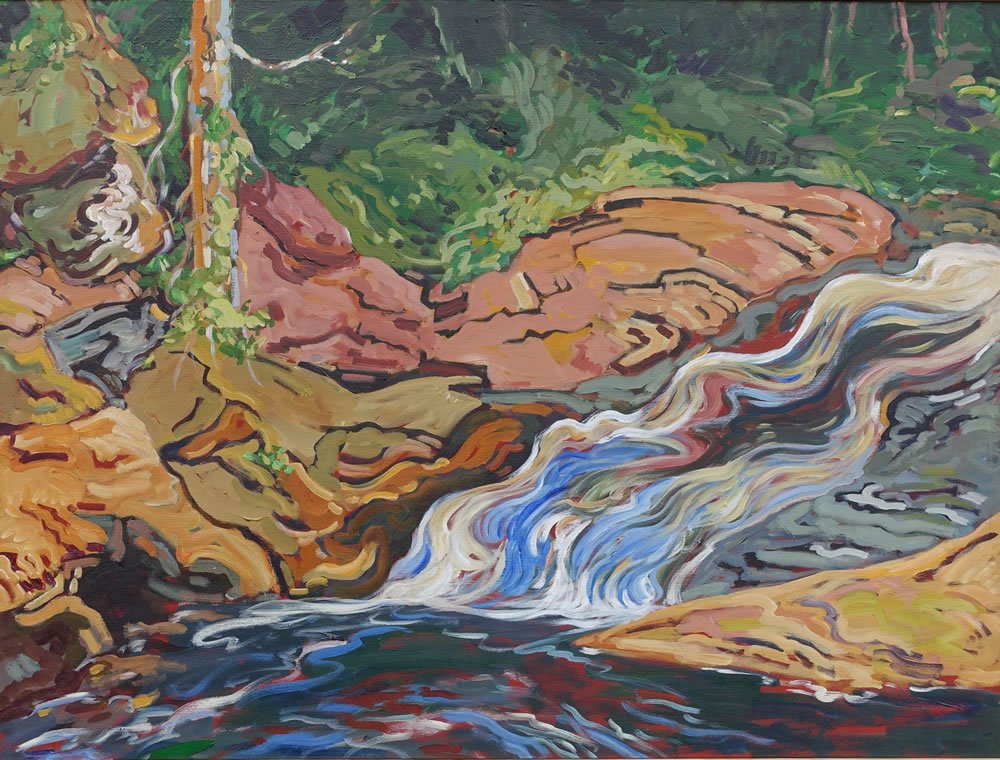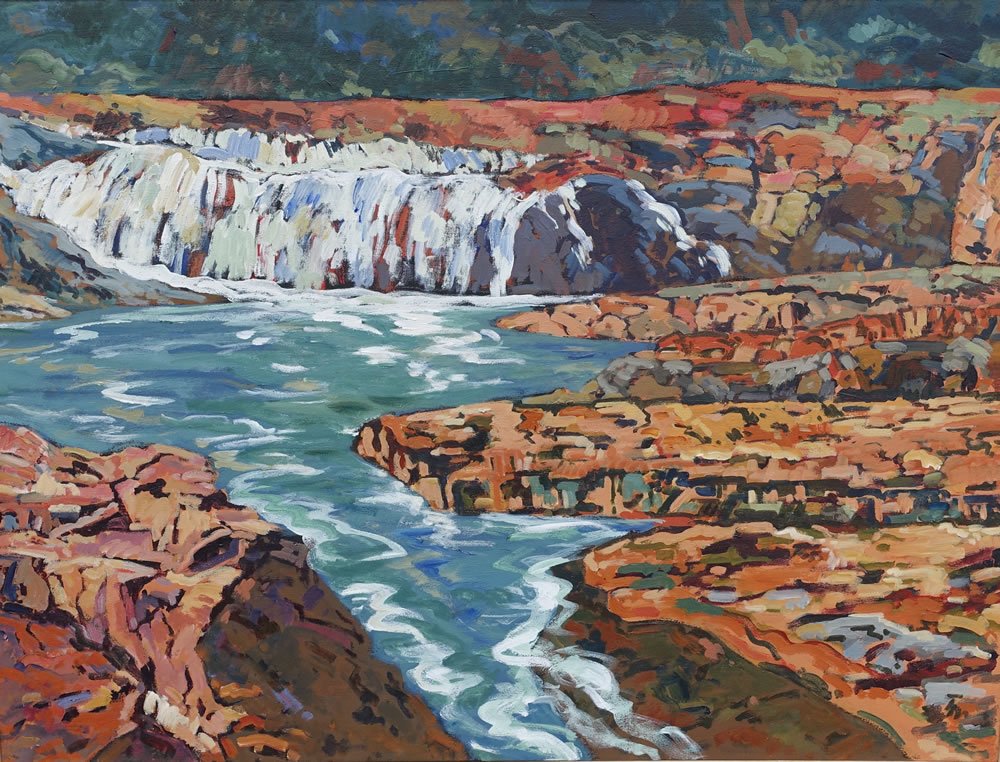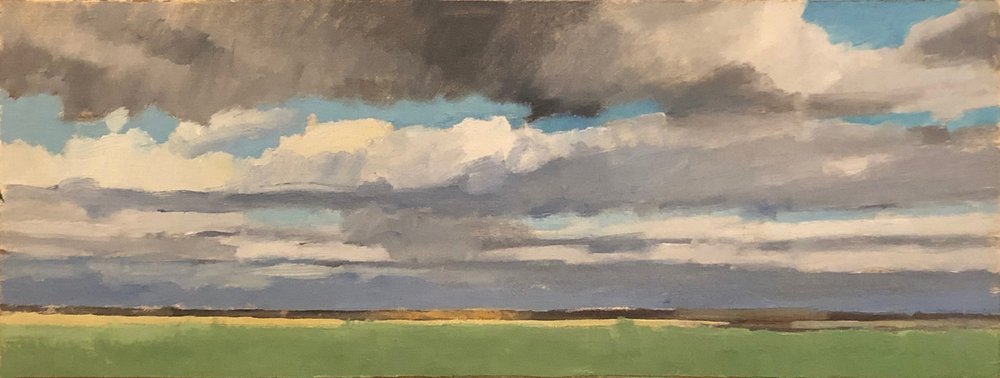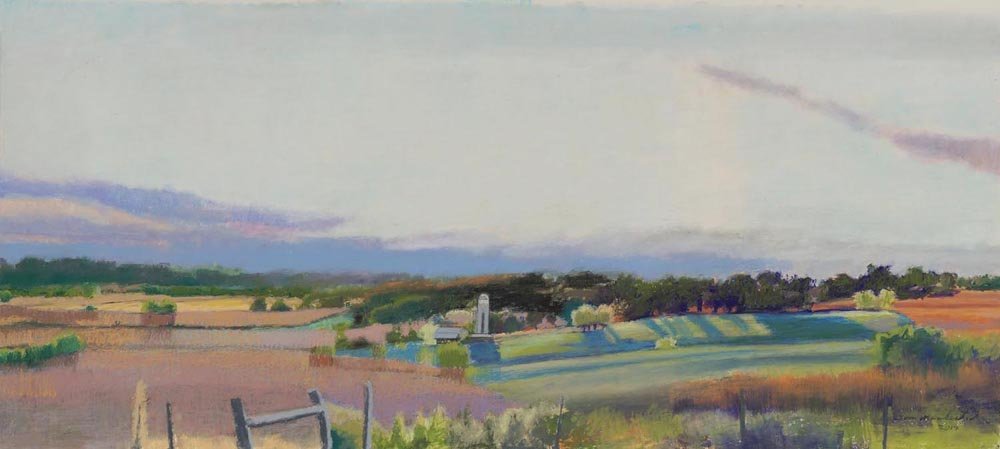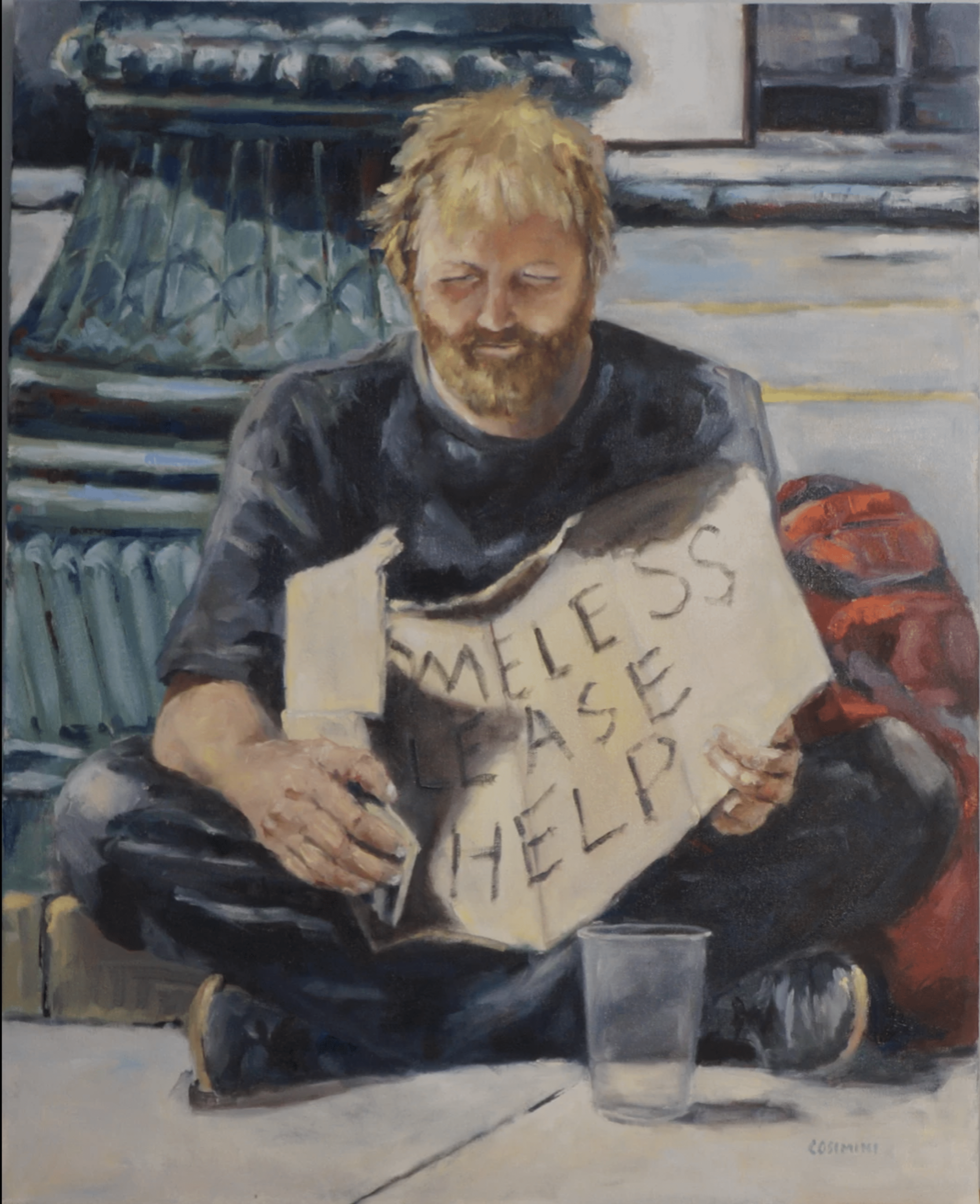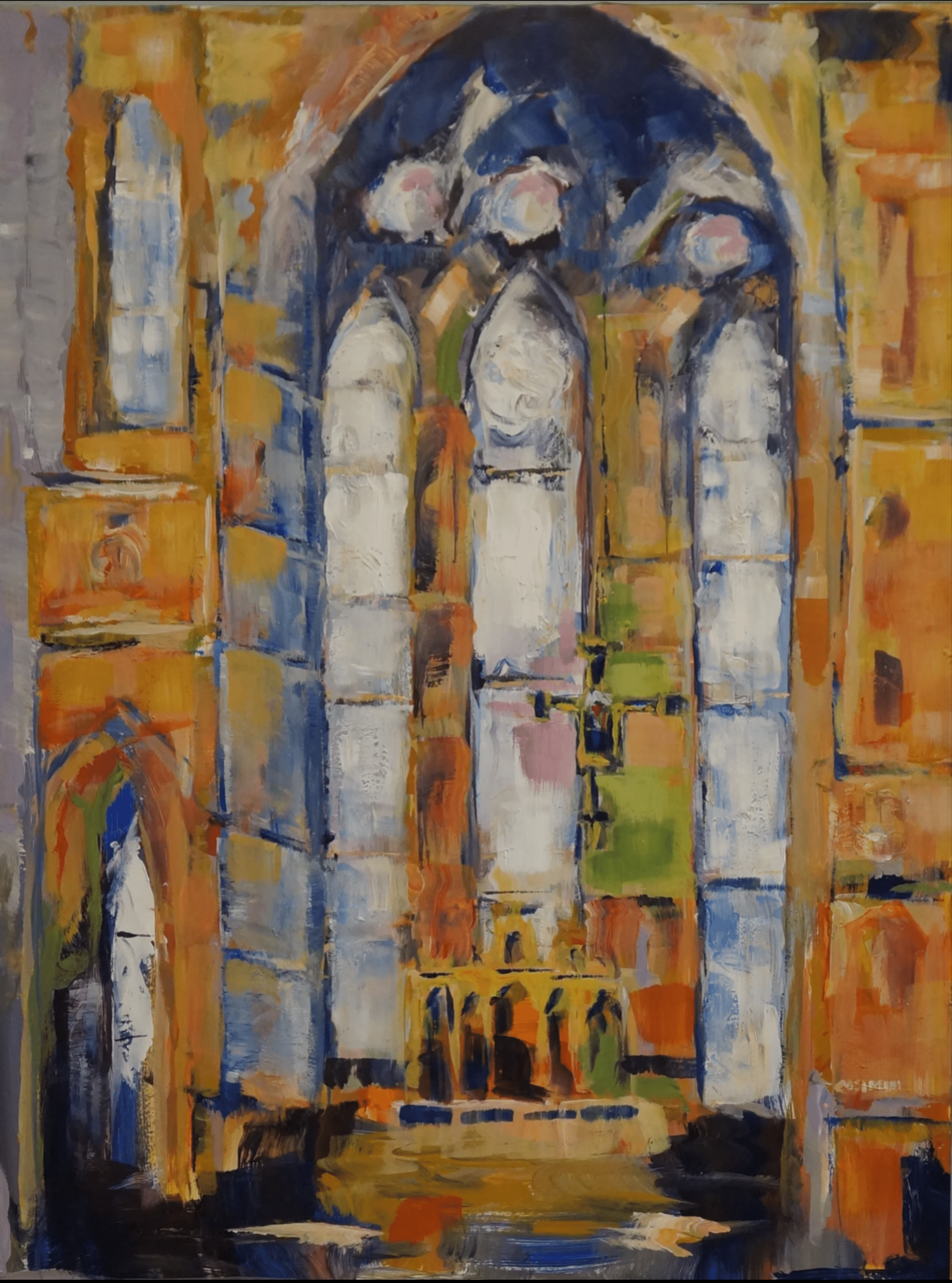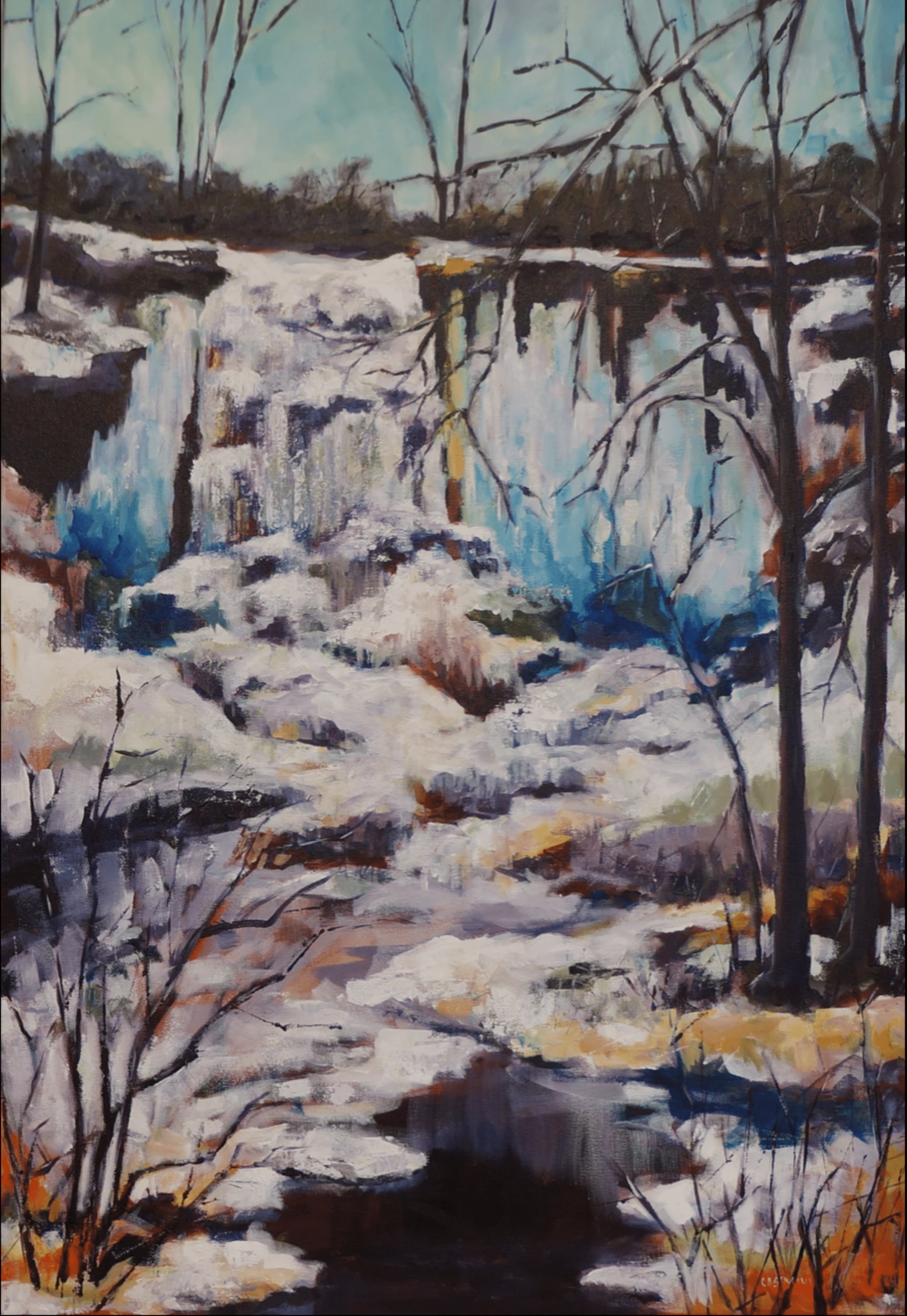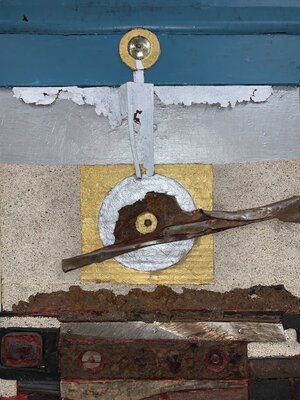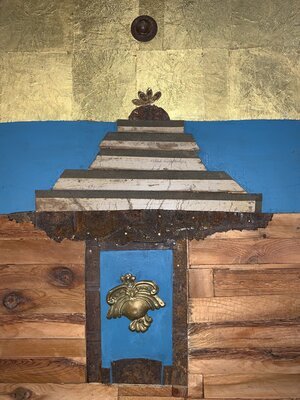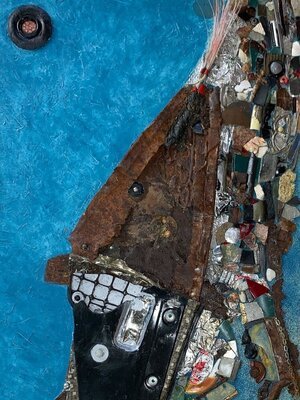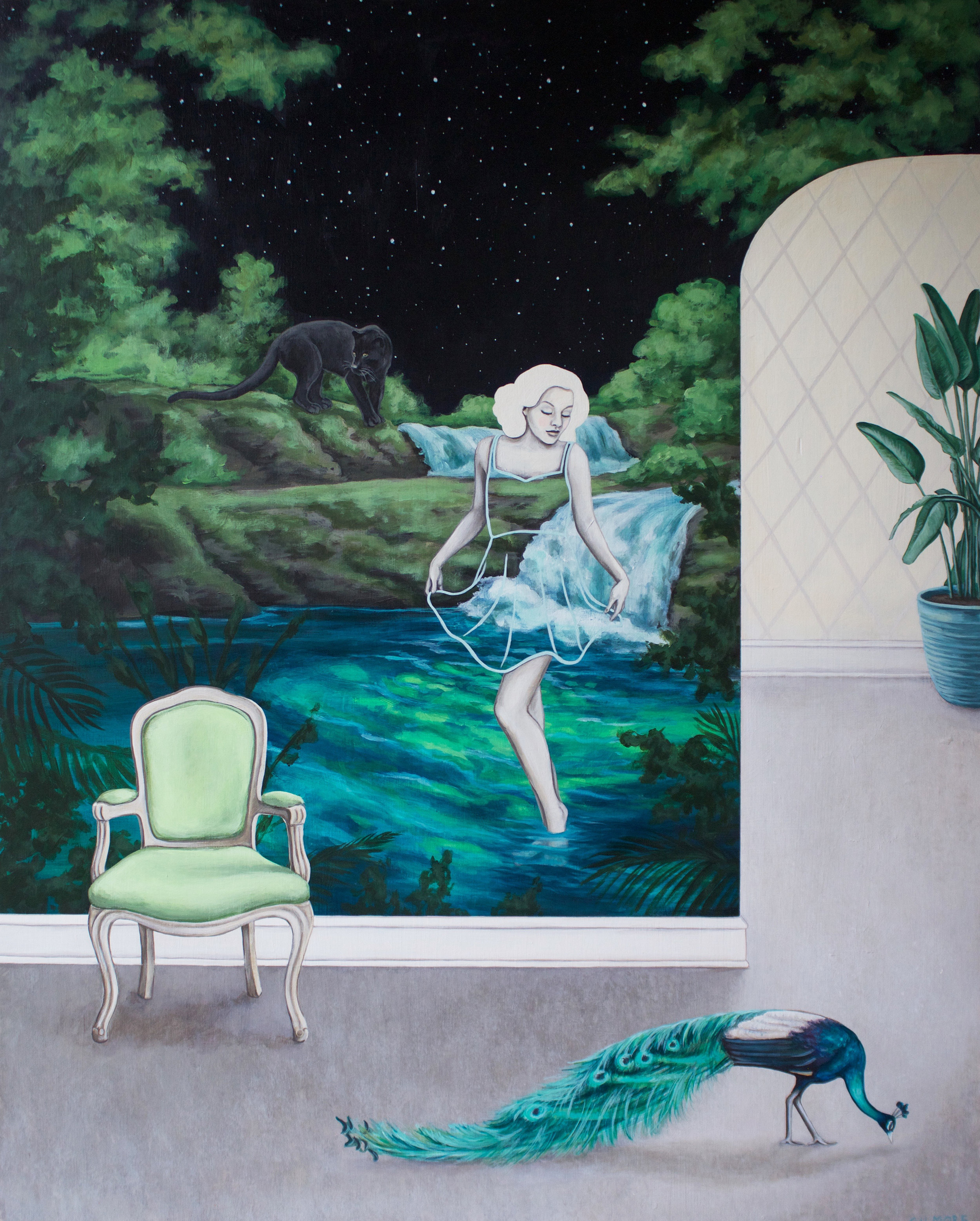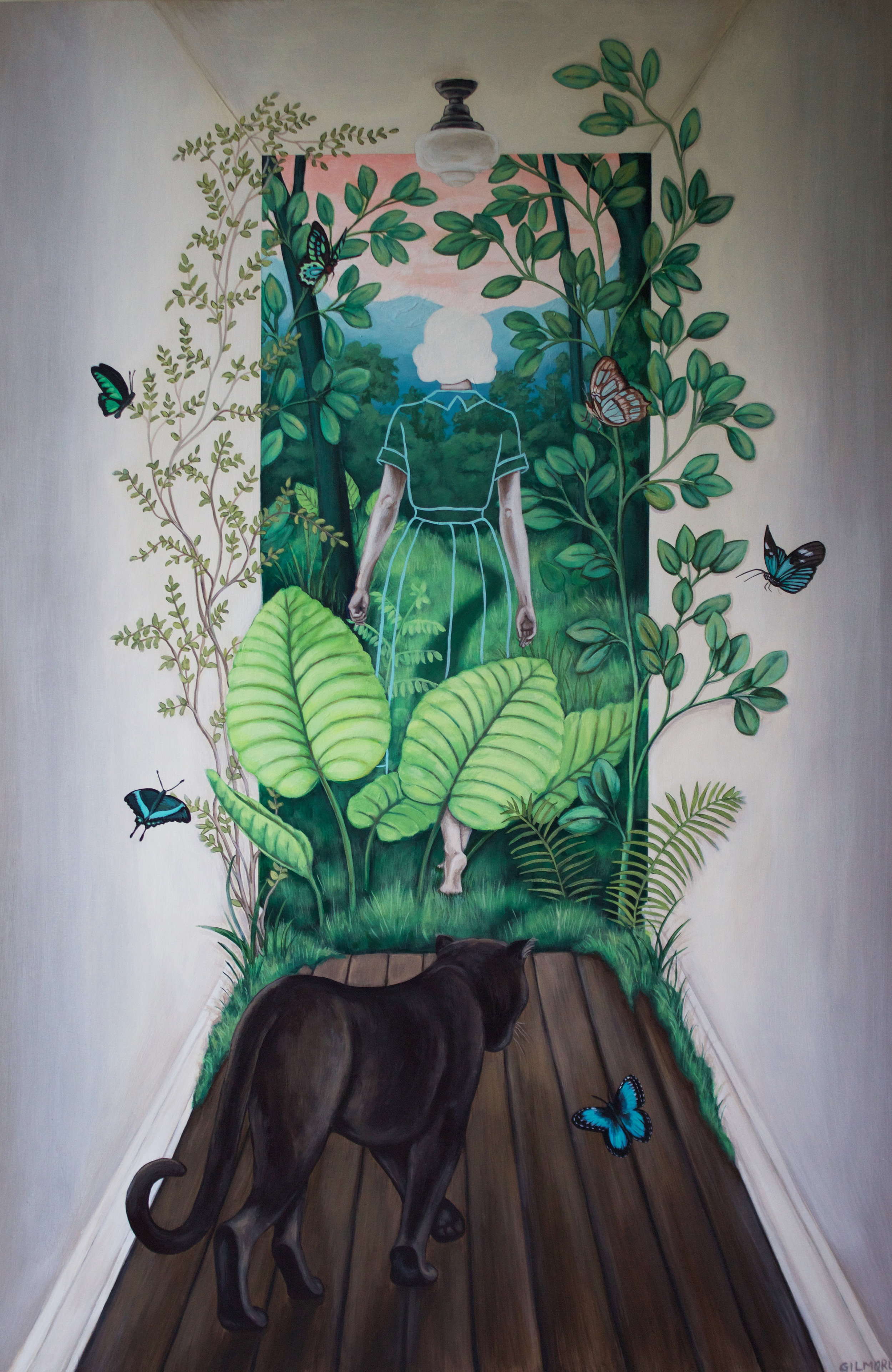Artist’s statement:
For work in my “I See You” series, I pair photographs with Scripture. However, instead of intentionally looking for photographic subjects that will communicate a scriptural truth, the opposite approach is taken. I meditate on images I’ve already shot and look for the Word of God to emerge, solving little theological puzzles of sorts.
God is not just present in cathedrals, sunsets, and butterflies. God does not just speak through prophets, priests, and kings. And so I’ve seen God in lonely desert ruins. I’ve heard the Word of God emerge from protests following tragedies. I’ve felt God’s truth in city streets where different cultures, faiths, passions, and experiences intersect.
I hope that my images will surprise, delight, and challenge you. But most of all, I pray that they will help you to see God’s presence in places that might be unexpected.
Artist Bio:
For 30 years, Chris Roth has been various combinations of an art and English teacher, communications and marketing director, graphic designer, and photographer. He grew up in Central Illinois and Southern Minnesota in a family of Lutheran church workers, so it came as little surprise when he decided to pursue a teaching career and graduated with a Bachelor of Arts in English and Art from Concordia University, St. Paul.
Chris is currently an art teacher and Director of Communications at Concordia Academy in Roseville, MN, and a graphic designer for Cross View Lutheran Church in Edina, MN. He is also an active photographer and freelance designer.

